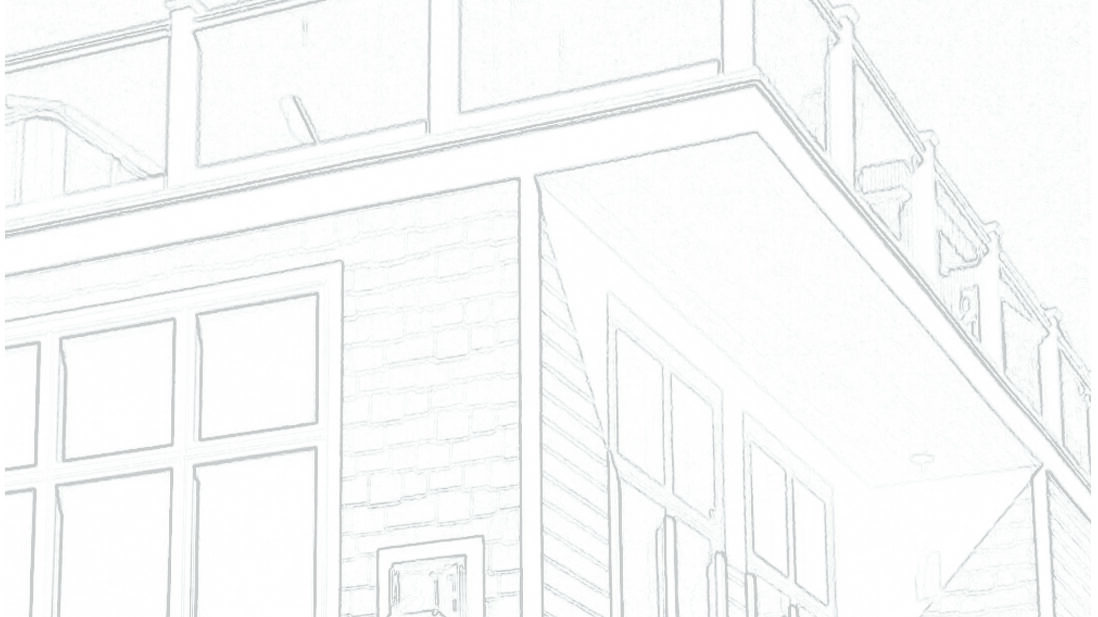Fire Ratings for Laymen
If you’ve ever worked on a commercial project, the odds are good you’ve at least heard the term fire rating. There are a lot of misconceptions about fire ratings that we come across with our clients. Sometimes even with clients who do commercial work. This is not intended to be an exhaustive resource. For that, I suggest going to a professional. Hopefully, this might help you understand what they are trying to discuss with you.
Fire Rating Basics
A fire rated construction is a specific assembly that has been tested by a third party independent lab. Usually UL, hence the terms UL listed or UL number. The test is to determine how protected occupants are from a fire on other side of the assembly. There is a specific standard test that these assemblies have to meet. Depending on how long they last, they are granted a rating from 20 minutes to four hours. Rated assemblies can be structural (walls, floors, posts, etc.) or products (doors, windows, roll down shutters, etc.) The assembly is required to stop the spread of the flames. It also the radiant heat (especially important for windows and doors) and smoke (which is usually what kills people in a fire). This means that any fire rated assembly is fully sealed and any penetrations are properly sealed.
As assemblies are tested as a unit, you can’t increase the rating by doubling up on a component. People often make this mistake thinking that if one layer of this material gets me 1 hour, two layers should get me 2 hours. Although that may work, for instance with drywall, any assembly installed into a building has to have been tested. Even if it would work in reality, the has to be a test that proves that it does. If that has not been done, that idea isn’t going to work.
Why Fire Rate?
There are a few reasons why fire rating would be required in the code. The first is compartmentalization of the space. A great example of this is your garage. If your home was built in the last 30 years or so, you’ll have been required to provide a fire rated barrier of 20 minutes between the house and garage. It’s the only common residential fire rating required. This is because the garage has the highest risk of a fire in the house. I’ve toured houses that had a garage fire. Sometimes that 20 minutes can buy enough time to spare the majority of the house and allow the family to escape.
You’ll also have to provide rated assemblies between tenants of a multi-tenant building or between different usages in many cases. Most locations require coomerical attics be provided with smoke dampers. Those are 20 minute rated walls to keep the spread of smoke contained. These are all examples of keeping a fire or smoke contained to a high risk area while protecting lesser risk locations.
Another reason you might have to rate would be for life safety. Often, the exit corridors may require ratings to give people time to evacuate in case of a fire. Schools and hospitals often have rated corridors just for this reason. It can also be required to allow a building to be a certain size. The idea is that if you can protect the structure, it will remain standing longer. Therefore allowing people more time to escape so therefore, a larger building is more permissible. The size limitations depends entirely upon code categorization of usage are too complex to cover here in detail, but your professional may make that suggestion if you’re trying to build an especially large building.
How do I Get Out of Fire Rating?
We get this question a lot. The short answer is that you usually don’t. Fire rating is hardwired into the code, and there are very few methods of avoiding doing so. As this concern is usually brought to us by people looking to save money as tested products can be expensive, we usually don’t have much to offer. If you have fire suppression water and were not currently sprinklering the building, usually sprinklers allow you to decrease ratings although not remove them. Sometimes you can get creative with the code or add additional doors and exits, but given that the ratings are intended to protect people, getting too creative could expose you to liability should there ever be a fire.
